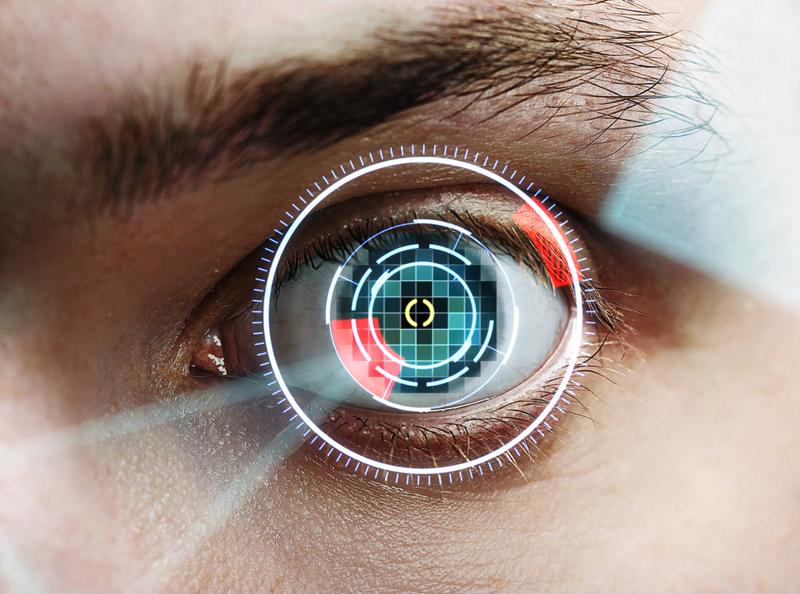Facial recognition software has long been a fixture of science fiction. For example, in the 1999 movie “Minority Report,” based loosely on a short story from the 1950s, the protagonist enters a Gap store and is instantly recognized by a system that pairs his unique face image with targeted advertisements.
In the real world, facial recognition is less advanced. Technologies such as iris scanners have niche uses as alternatives to PINs in some smartphones, while social networks such as Facebook and Google+ rely on facial analysis software to suggest tags in photos. Most smartphone and social media users have never consciously used facial recognition.
That could be about to change. The upcoming Apple iPhone X includes a face-scanning feature called Face ID, which replaces the fingerprint-based Touch ID system that the company introduced in 2013. Using specialized cameras, sensors and software, Face ID should allow for quicker authentication than passcodes or fingerprints. But what could it mean for your social media accounts and your overall privacy and cyber security?
A look at some possible Face ID applications
Apple touted Face ID as a secure way to sign-in to your iPhone. It’s actually much more than that.
“Face ID is more than just a secure way to sign-in to your iPhone.”
For starters, Face ID will work with third-party applications, meaning it could become a way to authenticate your Facebook, Twitter and Google accounts and even pay for purchases. Its use in iPhones will also inspire similarly sophisticated features in other mobile and desktop devices.
The result could be use cases similar to “Minority Report,” including ads that dynamically respond to your expression and perceived mood. As biometrics – i.e., face scanners as well as fingerprint readers – become more widespread, these new applications could pose dangers to online privacy and security.
 Iris scanners are an existing form of facial authentication.
Iris scanners are an existing form of facial authentication.Privacy and security risks from facial recognition and other biometrics
Ideally, biometrics remove the hassle of managing passwords for all your different accounts. Since you can’t “forget” your face or fingerprint, login management should be straightforward.
However, it isn’t that simple. There are clear risks associated with frequently scanning your face and fingerprints:
- Security: A password-based system requires an exact match; a biometrics one only needs a judgment from the software that there is a match, meaning that there is the possibility of fraud/spoofing.
- Data sharing: While Face ID’s privacy protections have been touted, you cannot be sure that every such facial recognition system – or application that relies on it – will be so scrupulous. Having biometrics sent to advertisers could expose your info to unwanted audiences and increase your odds of being a data breach victim.
- Surveillance: Malware infections or aggressive tracking mechanisms could turn devices with facial recognition tech in them into de facto “telescreens,” the always-on surveillance systems from the novel “1984.”
Maybe the best way to understand the risks associated with facial recognition software is to think of them as extensions of existing flaws in today’s internet-connected devices. Our phones, tablets and PCs already have immense capacity to track what we do and falter in the face of security threats, before even factoring in the addition of face scanners.
Accordingly, it makes sense to prepare early for the possible dangers. A comprehensive platform such as Ultimate Internet Security from Total Defense gives you the secure identity management, malware protection and system performance enhancements to navigate an ever-evolving security landscape.





